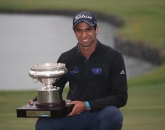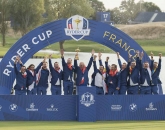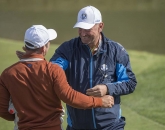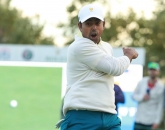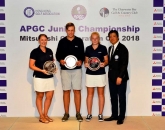
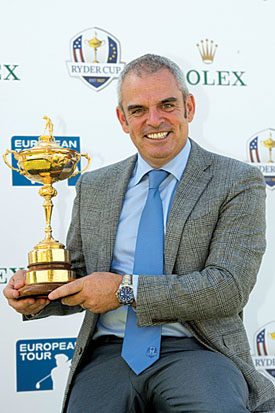
There's nothing quite like the Ryder Cup. By far and away golf's premier team event, this year's edition, which takes place from 26-28 September at the stunning Gleneagles Hotel in Perthshire , will see US skipper Tom Watson lead a side desperate to avenge that spectacular loss at the hands of Europe at Medinah two years ago. He’ll have his work cut out however because Europe, skippered by the tenacious Paul McGinley, will go into the event as firm favourites, thanks in part to the strength of their side - spearheaded by world number one Rory McIlroy - their home advantage and, arguably the most important asset, their camaraderie.
Taking part in a Ryder Cup, for most Europeans, is rated second only to winning a major. Indeed, Colin Montgomerie, one of the greatest players in the Cup’s history, even went as far as saying that nothing in golf could surpass the importance of a Ryder Cup victory. While you have to take the Scot’s words with a pinch of salt - he famously never won a major championship on the regular tour, although he has since won two as a senior - there is no doubting the significance that the Europeans place in the competition. Even in leaner years, when their side looked on paper to be vastly inferior to their American counterparts, their strength was always greater than the sum of its parts, with relative unknowns like Phillip Price, David Gilford and McGinley himself rising to the occasion and pulling off remarkable wins when it mattered most. The stats themselves make easy reading for European fans: their team has won five of the six Cups that have been played this century and you have to go back to 1993 when the Americans last tasted success on European soil.
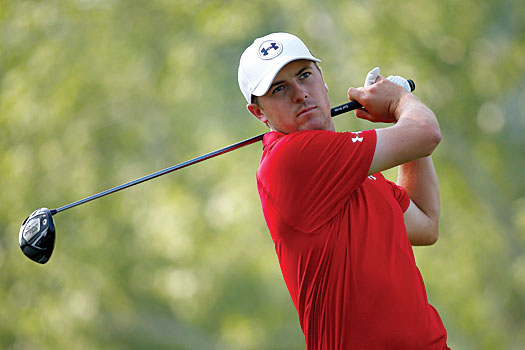
Pages
Click here to see the published article.


